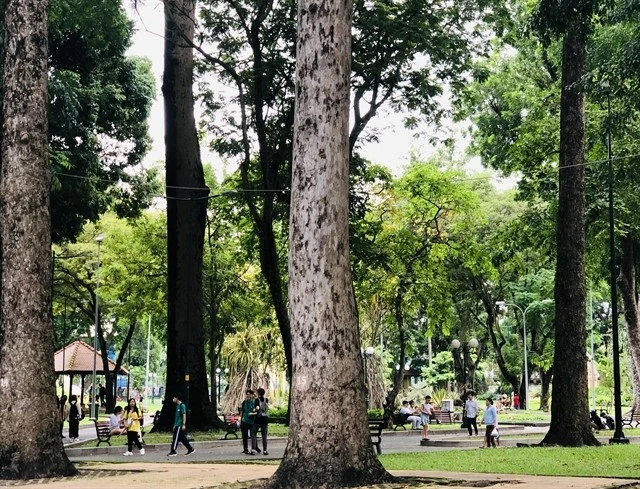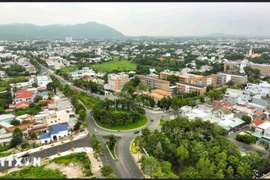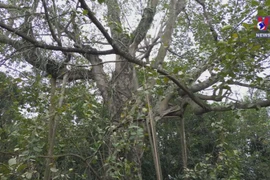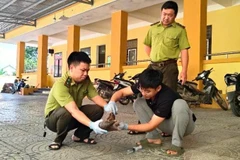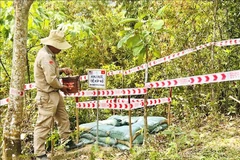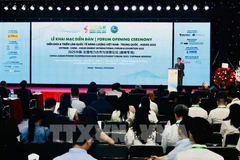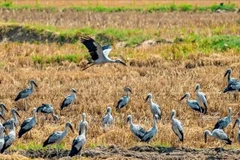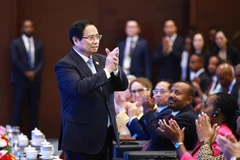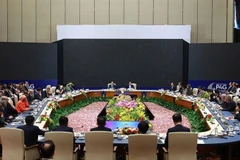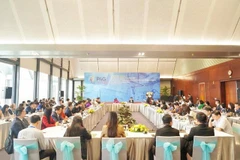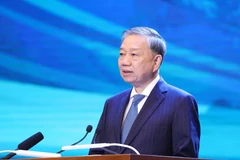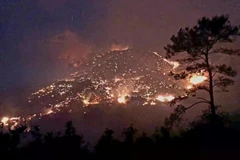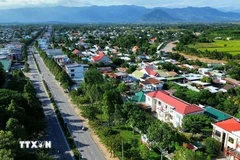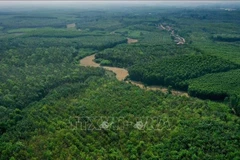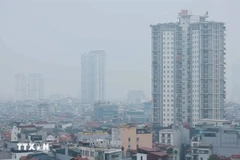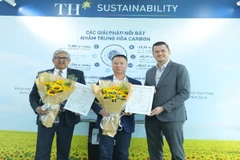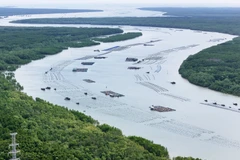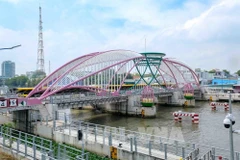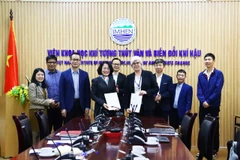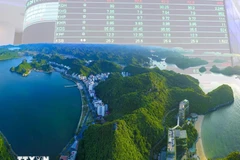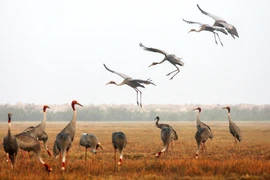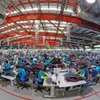HCM City (VNS/VNA) – Ho Chi Minh City has set a target of achieving at least one square metre of green space per capita and an additional ten hectares of public green areas by 2030.
The city’s Department of Construction on January 2 submitted a report to the municipal People's Committee summarising the programme for the development of parks and public green spaces in the city for the 2020-25 period.
The programme aims to increase the city's public green areas by 10ha; plant and renovate 30,000 trees; increase public park land by 150ha, and public park space by 0.65 square meters per capita, based on an estimated population of ten million.
The city has developed 237.5ha of public parks, reaching 158% of the target; about 54ha of public green areas, achieving 540% of the target; and planted and renovated 42,534 trees, achieving 140% of the target.
The city authorities have directed relevant agencies to review the use of land planned for public parks to have more urban green space by 2025.
It now has nearly 370 public parks and parks of residential areas with a total of 500 hectares. The current ratio of park areas and the city’s population is very low at only 0.55 square metre per capita.
For the past few years, the city has strived to increase public green space and expand public parks, but the result has not been as expected.
Most public parks are located in the inner city. There are no public parks in the suburban districts of 9, 12, Thu Duc, Binh Tan, Nha Be, Hoc Mon, Cu Chi and Binh Chanh.
The land area of some public parks was even reduced for the expansion of streets, such as Gia Dinh Park in Go Vap district and Tao Dan Park in District 1 or to use as parking lots such as Le Van Tam Park in District 1.
After reviewing the land reserves for public parks, the Department of Construction will propose preparing construction projects and calling for investment./.
